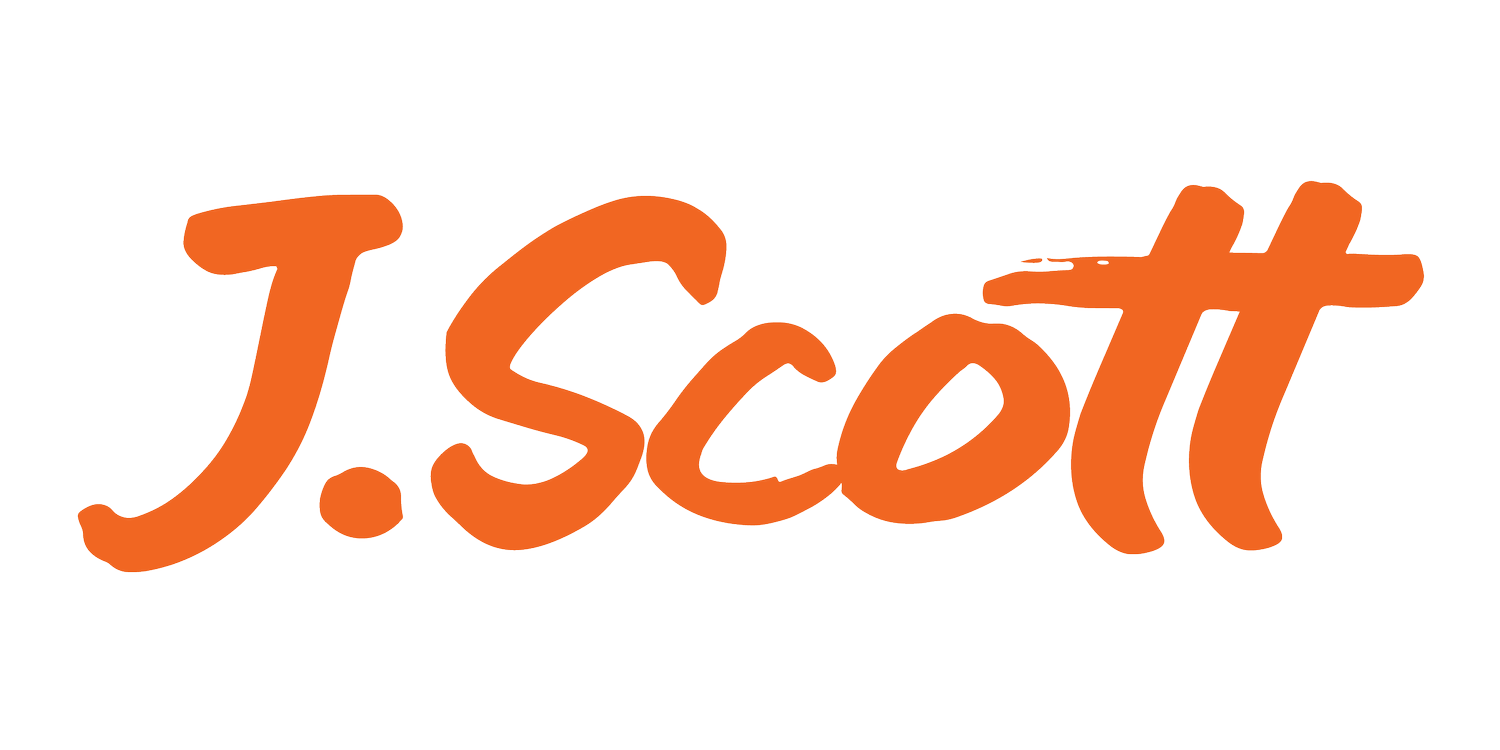Tariffs Aren’t a Plan
This article isn’t a takedown of tariffs. That’s not my area of expertise, and I’m not pretending to be a trade policy analyst.
“What I know is execution, building companies on the measurable improvement of customer satisfaction, team member satisfaction, and profitability, none at the expense of the others. ”
That’s the guardrail.
It’s how we eliminate internal conflict, surface trade-offs early, and keep entire companies pulling in the right direction.
I’m not saying tariffs are bad. In fact, they can absolutely play a role in subsidizing the return of American manufacturing. They’re a tool. But instead of using them to enable U.S. businesses to build manufacturing capabilities here, the government is using them to punish foreign manufacturers and the American companies that work with them.
We went straight to punishment with zero change leadership. No investment. No support. No transition plan. This approach put more than 400,000 U.S. businesses that rely on Chinese imports, supporting over 2.5 million jobs at full stop. With nowhere to go to purchase their goods, they will bleed out within a year.
“ And here is the harsh reality: no bank lends to a business in jeopardy. The business community knows very well that you go after the loan when you don’t need it, because nobody is going to give it to you when you do.”
Even if the infrastructure existed in the U.S. including the skilled labor, who is going to give these companies the money to start manufacturing here? We’re talking millions of dollars and years of work just to get started in most cases.
The idea of America becoming a builder again? I love that. That’s the golden age I want to help create. But the focus is on the wrong thing. The focus is on tariffs. It needs to be on building U.S. business capability. About getting factories running, teams trained, and supply chains rooted here again.
“Implementing tariffs without a plan to aid U.S. businesses in bringing their manufacturing stateside will kill the golden age, wipe out small and medium-sized businesses, and eliminate jobs. Period.”
Tariffs promised to bring manufacturing back to the U.S. Instead, they’re crushing the very businesses that could have made that promise a reality.
Over the past year, we’ve seen tariff rates on Chinese imports skyrocket, in some cases, jumping from 27% to 176% overnight. The intent was to punish foreign manufacturers and force American companies to reshore.
But there was no plan. No transition. No reinvestment. Just punishment. And it’s not the Large U.S. Multinational companies paying the price. It’s small and midsize American businesses, the backbone of our economy, that will get wiped out. And the jobs along with them.
The Real-World Impact: Next Jump Outfitters
One of our clients, Next Jump Outfitters, a veteran-owned business, is living proof. NJO builds aluminum flatbed Truck Bodies and trailers for overlanders, Off-Roaders, Farmers, and Tradesmen who need reliability, function, and affordability. To keep pricing fair for working-class customers, they manufactured overseas, not to cut corners, but to build quality and pass on the savings.
Their flatbeds, trailers, and accessories sell for up to 30% less than U.S.-made alternatives, and every retail item they sell is sold at the manufacturer’s Minimum Advertised Price (MAP). No gouging. No bloated markups.
“Their goal is simple: Make adventure affordable for the working class. One rig for work and play.”
They’re also doing it the right way internally. NJO team members are trained in the 120VC Execution Leadership System, the same system that transformed companies like DIRECTV, Trader Joe’s, Blizzard, and ResMed. These aren't just employees. They're future leaders being developed in cities like Tacoma WA.
NJO had plans to expand nationally, creating jobs, building community, and multiplying impact.
Then the tariffs hit. And the entire supply chain broke.
“Overnight, costs spiked by 149%. And here’s the truth: we don’t even know where to go from here. We have no idea how to find manufacturers in the U.S., Mexico, or Canada who can take on this work. There’s no central resource, no marketplace, no ecosystem for outsourced manufacturing that isn’t government or defense-related. ”
There is no investment in helping bring production to the U.S. There isn’t even a mechanism to connect businesses with the companies capable of doing it. No roadmap. No support. No signal that anyone is even thinking about how to solve it. All the government and the news media is talking about is the tariffs, nothing, no word, no hint of a plan for helping U.S. companies reshore manufacturing.
These companies aren’t stuck because we failed to plan. They’re stuck because no one planned for them.
Every single company that was manufacturing in China for U.S. consumption is now at a dead stop.
The government imposed a massive penalty on companies like NJO without offering a single tool to help them move manufacturing stateside. No vendors. No capital access. No roadmap.
This isn’t how you bring back American jobs. This is how you kill the very businesses that would have created them.
This Isn’t Leadership. It’s Theater.
In 2023 alone, the U.S. collected over $75 billion in tariffs, much of it from small and midsize companies. But none of that revenue has been reinvested in helping those businesses transition.
There are no grants. No dedicated loans. No national database of available North American manufacturers ready to take on reshoring contracts. And no inter-agency coordination to ensure the SBA, Commerce, and trade partners are aligned on supporting execution.
“Tariffs were meant to drive change. But without a plan, they’re just economic handcuffs.”
They’ve Got It Backward
The government says they want American manufacturing and job creation, but they’re starting with tariffs and budget cuts instead of the one thing that actually delivers results: investment in execution.
“If they had invested first, in the manufacturers, the small businesses, the entrepreneurs who are ready and willing to build here, we would have made the shift. No problem. We would’ve created the jobs, expanded our operations, and built lasting domestic supply chains.”
Then, and only then, raise tariffs to protect what’s been built. Put money back in the bank. Create a long-term incentive to keep manufacturing here.
Instead, they’re punishing businesses before helping them, assuming they’ll survive long enough to take advantage of investments that haven’t been made yet. They expect them to hold out, but with no promises. Nobody is even talking about helping them.**
The Consequences Are Clear
More than 400,000 U.S. businesses rely on Chinese imports, supporting over 2.5 million jobs. With tariffs now hitting 100–176% on key categories, most of these companies are at a standstill. The math doesn’t work. Margins of 5–20% can’t survive 125% tariff hikes. These costs can’t be passed on to consumers without collapsing demand, and Chinese manufacturers can’t afford to build products for U.S. buyers who may walk away from delivery.
If we don’t invest in helping these companies reshore, or find viable alternatives, the fallout will be massive:
Tens of thousands of U.S. businesses will shutter
Hundreds of thousands of jobs will be lost
Supply chains will remain broken
And up to 1% of GDP, over $250 billion, could be wiped out
“This isn’t just a policy failure. It’s an economic time bomb. ”
And every day we delay is another day we push high-performing American businesses closer to the edge.
Worst of all? We’re eliminating the companies that actually had a shot at reshoring, the efficient, lean, execution-driven businesses that don’t play games with margin, that invest in people, and that know how to get it done.
Here’s How We Fix It
We don’t need slogans. We need execution.
This isn’t just about Next Jump Outfitters. NJO is one example of thousands of small and midsize American manufacturers caught in the same trap, companies in automotive, outdoor, overland, retail, industrial, and consumer goods who relied on Chinese manufacturing to compete. Now they’re at a standstill. Not because they failed to adapt, but because there’s no coordinated system to help them shift production to the U.S., Mexico, or Canada.
If we want tariffs to do their job, if we want to truly bring manufacturing back, then helping these companies reshore must become the priority.
1. Stand up a reshoring vendor network. Let’s build it together. Trade groups like SEMA, Overland Expo, PRI (Performance Racing Industry), MEMA Aftermarket Suppliers, the Outdoor Industry Association (OIA), the National Association of Manufacturers (NAM), and the Industrial Supply Association (ISA) are perfectly positioned to help. These organizations already connect manufacturers, builders, and suppliers every day, but right now, there’s no shared system to match displaced work from China with North American partners who can take it on.
While organizations like the Reshoring Initiative, MEPs, and NAM have made commendable efforts to support reshoring, the scale of the challenge demands exponentially greater coordination, funding, and leadership. To truly revitalize American manufacturing, a more robust and comprehensive approach is essential.
With so many overseas vendors unlikely to return under these tariffs, we’re facing a major supply chain void. But it’s also a win-win opportunity, if the right organizations step up, to bring work home, grow member businesses, and rebuild the supply chain from the inside out.
2. Reinvest tariff revenue. Use it to fund a dedicated reshoring initiative that provides grants, tax credits, and low-interest loans for businesses transitioning out of China.
3. Phase it in. Give companies time. Tariffs should increase gradually with clear milestones, not overnight cliffs that punish before a pivot is possible. Nobody is lending to companies that need the money.
A Call to the Builders
If you're part of an organization with a platform, a voice, or a member base that’s feeling this pressure, help get this article into the right hands.
If you want to host a town hall, collaborate on a reshoring initiative, or share your story, let’s talk.
At 120VC, we've spent 25 years turning chaos into clarity. We've helped some of the largest organizations in the world drive real transformation. And we’re doing the same for high-performing, real-world businesses like Next Jump Outfitters.
We’re not here to complain. We’re here to solve it.
“The government isn’t going to fix this because we complain loud enough. They’re going to fix it because we organized, because we executed, and because we made them listen.”
Let’s show them what American businesses need, and then show them how we execute. Let’s get after it!
Ready to Replace Noise with Execution?
If you’re serious about building a company that leads through clarity, discipline, and measurable outcomes.
Start here: 120VC Leadership Services


